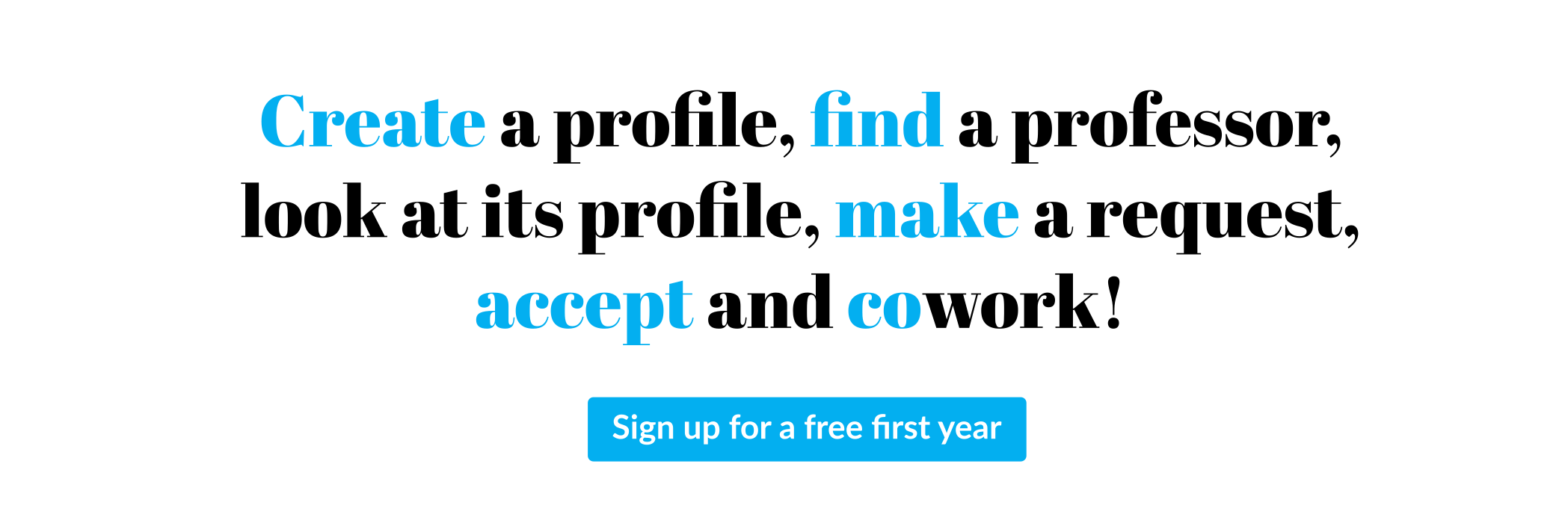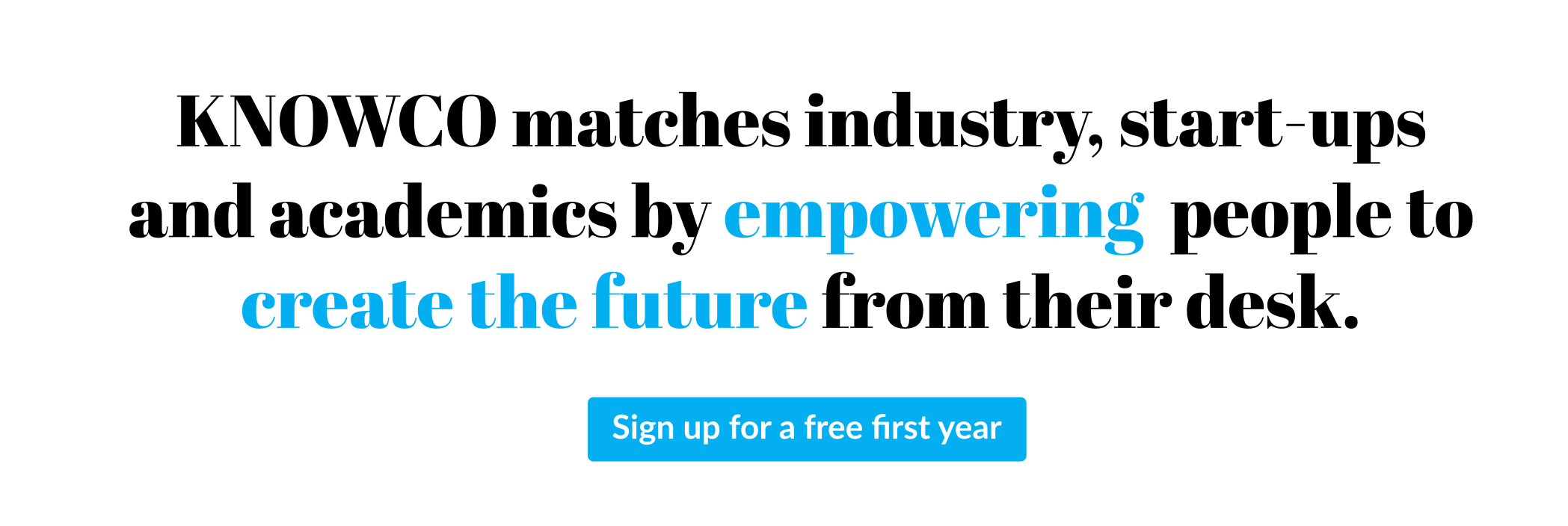
Does your workplace look like a holiday fair with people from different backgrounds, religions, and skin colors and where different languages and/or dialects are spoken? If yes, then you certainly work in a place where cultural diversity is a way of being.
Diversity in the workplace has never been such a hot issue as in the last decade. People are not only bringing their talents and skills to work, but also their lifestyle, religion, norms, values, gender, cultural background, race, and ethnicity.
Managing diversity is a challenge managers and employees constantly face. People are not the same. Even though people want to be treated equally, it does not mean they want to be treated the same. This is not only within the company, but also includes customers, providers, and the general public.
Nowadays, the current business environment is experiencing a change in demographics, an increase in the globalization of businesses, and a radical change in production, work organization, and competition. If enterprises wish to thrive in this global economy, they need to better understand cultural diversity and how to manage it effectively.
Multi-cultural organizations that leverage diversity have a cost-effective, competitive edge: there is an increase in creativity, the organization can be more flexible to changes, and it attracts a diversity of new customers. The one who understands the global market is the winner!

Why is it so important to be aware of cultural differences?
- When managed positively, cultural differences bring innovation and creativity
- Culture is more often a source of conflict than of harmony
- Cultural differences can be dismissed as a nuisance
- Since communication differs among cultures, it often becomes an issue among people
- Lack of understanding of other cultures can be a source of intolerance and misunderstanding
- Diversity brings flexibility, ideas, and different ways of doing things
When working in Latin America, understanding how important family relationships are in work, social life, and networking will also help you understand why friends and family are often found in the workplace.
As an employee, you can take the next steps to support diversity development in your organization:
- Be interested in getting to know your colleagues
- Share things about your culture without imposing
- Be open to sharing your experiences of things that happen in the office
- Improve your communication towards other people
As an employer, spend some energy and:
- Ask the staff to share their customs and beliefs if they are comfortable
- Organize meetings to share happenings at the office and discuss staff experiences
- Offer communication and diversity awareness training through the year
- Include all your staff in decisions that will affect them, like changes to working hours and days, dress codes, and company norms and values
The important step is to start an open discussion on diversity, norms, and values. Just by sharing, people will become aware of how things affect other people.

